Carefully and with a laser focus, Zanyiwe Ncube pours her precious little cooking oil into a plastic bottle at a food aid distribution site deep in rural Zimbabwe. “I don’t want to lose a single drop,” she says.
But her mood quickly soured when the aid workers announced that this would be their last visit.
Ncube and the seven-month-old son she carried on her back were among 2,000 people who received aid including cooking oil, sorghum, peas and other essentials in Mangwe district, southwestern Zimbabwe.
The food is part of a program funded by the United States Agency for International Development (USAID) and implemented by the United Nations World Food Programme.
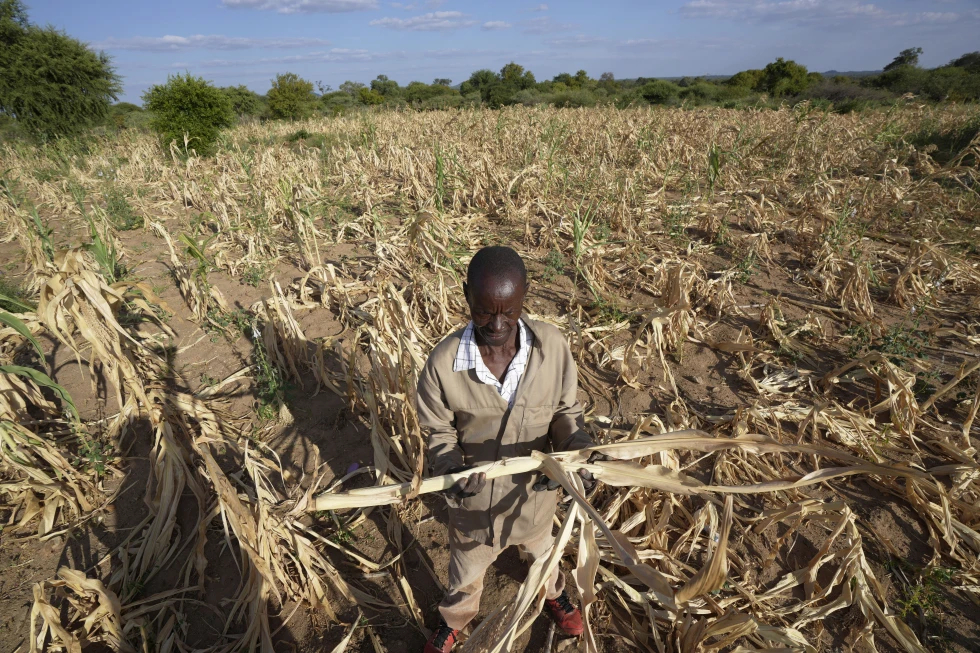
Farmers in Mangwe district in southwestern Zimbabwe stand amid a drought gripping the African nation. Photo: AP
The program aims to help some of the 2.7 million people in rural Zimbabwe threatened by hunger due to a drought that has gripped much of southern Africa since late 2023. The drought has destroyed crops that tens of millions of people grow for their own survival.
The drought in Zimbabwe and neighboring Zambia and Malawi has reached crisis levels, with Zambia and Malawi declaring a national disaster. Zimbabwe is expected to make a similar declaration soon. The drought has spread to Botswana and Angola in the west, and Mozambique and Madagascar in east Africa.
In Mangwe district (Matabeleland province, Zimbabwe), young and old line up to buy food, some using donkey carts or wheelbarrows to carry home whatever they can grab.
Normally, Ncube would have harvested enough food for herself, her two children and a niece she cares for. She might even have some left over to sell. But the driest February of her life ended that. “We had nothing in the fields, not a single grain. Everything was burned (by the drought),” she said.
Yet just a year ago, much of the region was inundated by deadly tropical storms and floods, part of a cycle of extreme weather that scientists say is making climate extremes more frequent and damaging, especially in vulnerable areas.
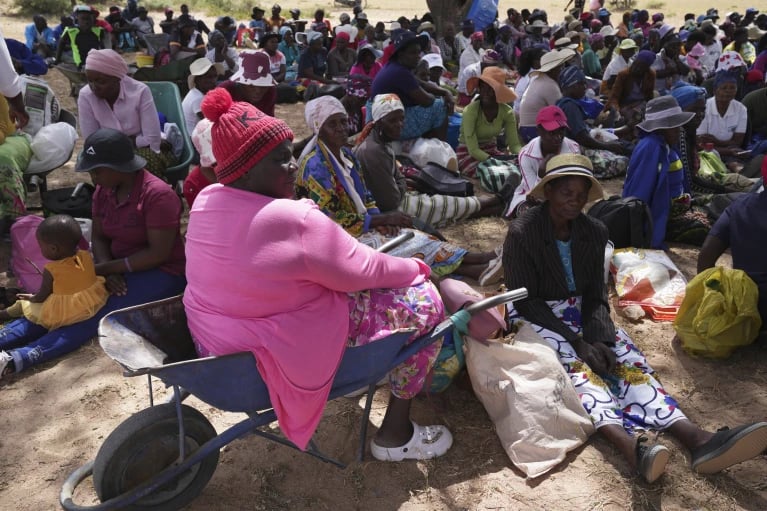
People in Mangwe district wait to receive food aid on March 22. AP photo
East and southern Africa face “overlapping crises” of extreme weather, according to the United Nations Children’s Fund (UNICEF). Both regions have struggled with storms and floods as well as heat waves and droughts over the past year.
In the southern African country of Malawi, an estimated half of the population (about 9 million people, half of them children) is in need of assistance, while in Zambia, 30 percent of the population (more than 6 million people, including 3 million children) is affected by drought, according to UNICEF.
“Worryingly, extreme weather is expected to become a common occurrence in eastern and southern Africa in the coming years,” said Eva Kadilli, UNICEF Regional Director for Eastern and Southern Africa.
Francesca Erdelmann, the World Food Programme's director in Zimbabwe, agreed, saying last year's harvest was bad but this one is even worse. "This is an extraordinary situation," she said.
Joseph Nleya, a 77-year-old traditional leader in Mangwe district, said he had not remembered weather this hot, dry and desperate. “The dam has no water, the riverbed is dry. We are relying on wild fruits but they have also dried up,” he said.
People are illegally crossing into Botswana in search of food, he added, and “hunger is turning hard-working people into criminals.” Last year, several aid agencies warned of impending disaster.
With this year's harvests famine, millions of people in Zimbabwe, Malawi, Mozambique and Madagascar will not be able to feed themselves until 2025. USAID's famine early warning system estimates that 20 million people in southern Africa will need food aid in the first few months of 2024.
Hoai Phuong (according to AP)
Source




![[Photo] General Secretary To Lam receives Sri Lankan President Anura Kumara Dissanayaka](https://vphoto.vietnam.vn/thumb/1200x675/vietnam/resource/IMAGE/2025/5/4/75feee4ea0c14825819a8b7ad25518d8)
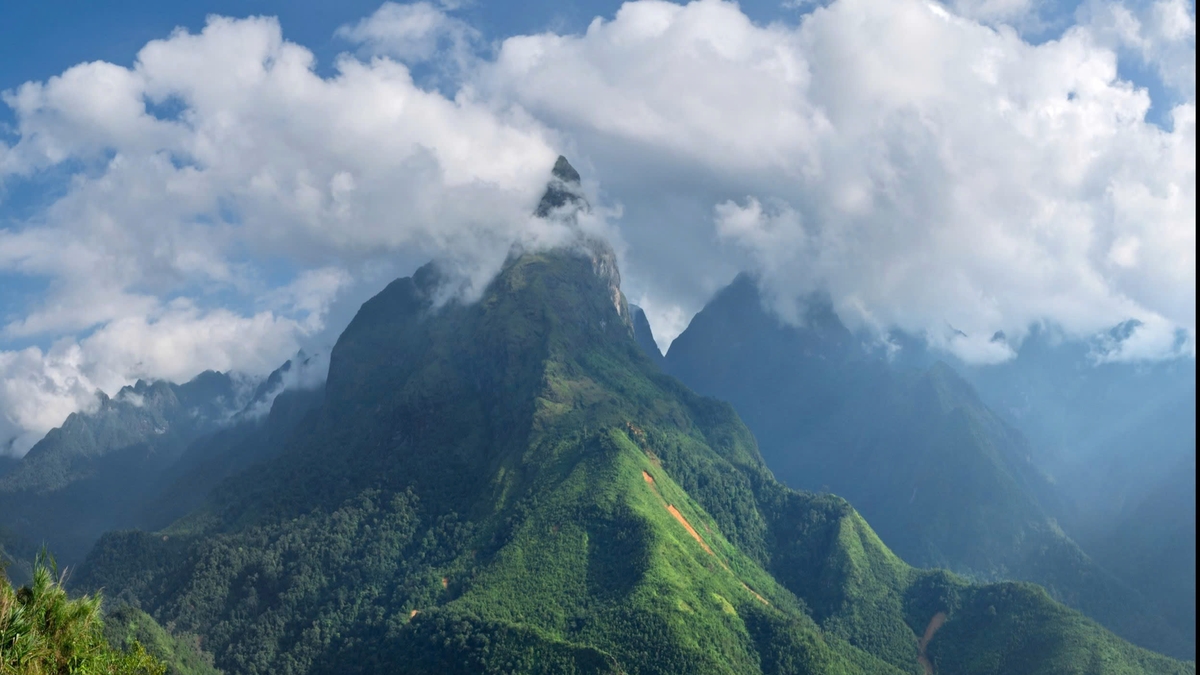
![[Photo] Vietnam shines at Paris International Fair 2025 with cultural and culinary colors](https://vphoto.vietnam.vn/thumb/1200x675/vietnam/resource/IMAGE/2025/5/4/74b16c2a197a42eb97597414009d4eb8)
![[Photo] Bus station begins to get crowded welcoming people returning to the capital after 5 days of holiday](https://vphoto.vietnam.vn/thumb/1200x675/vietnam/resource/IMAGE/2025/5/4/c3b37b336a0a450a983a0b09188c2fe6)


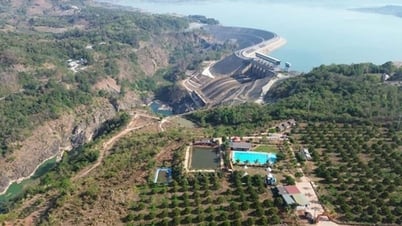
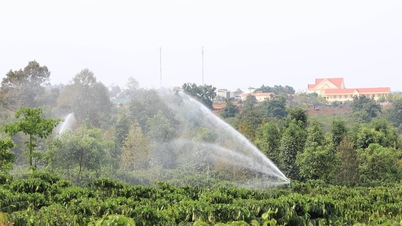
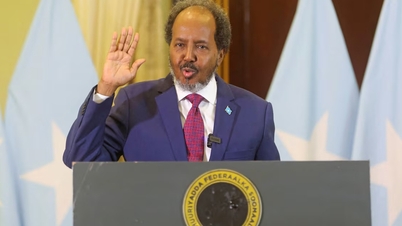





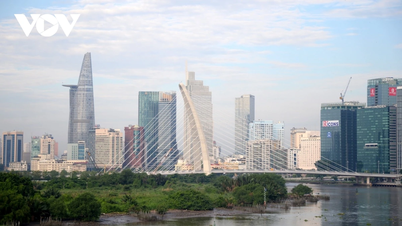



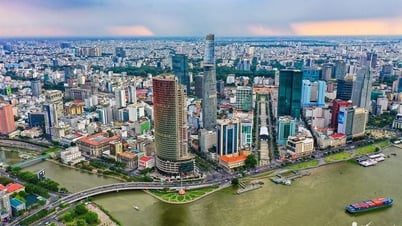










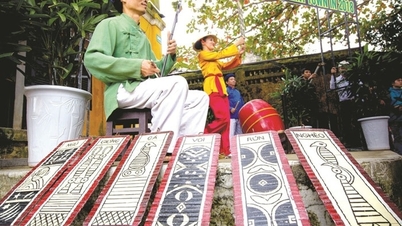









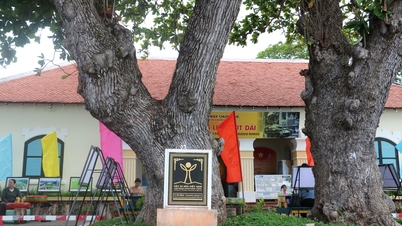

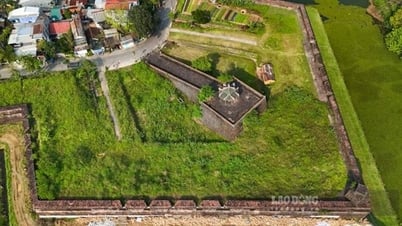




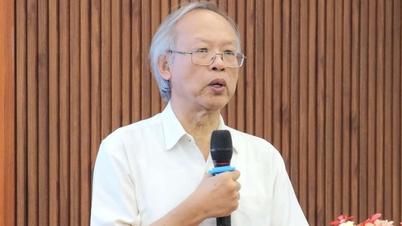

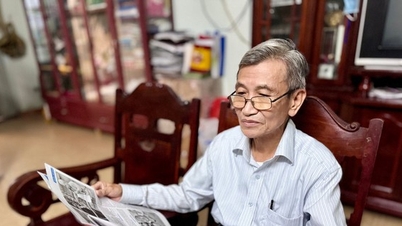
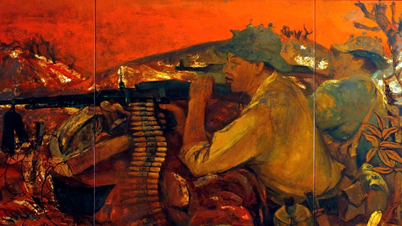

















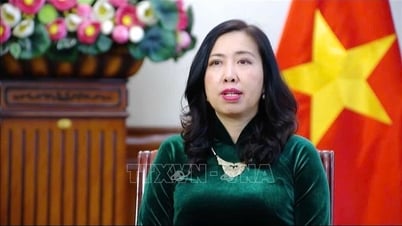














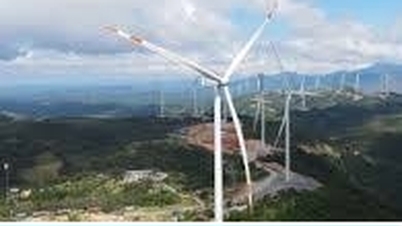

![[Podcast]. Feelings about my hometown](https://vphoto.vietnam.vn/thumb/402x226/vietnam/resource/IMAGE/2025/5/4/3162d84d29ad476c9306740de7a4bee3)









![[Video]. Building OCOP products based on local strengths](https://vphoto.vietnam.vn/thumb/402x226/vietnam/resource/IMAGE/2025/5/3/61677e8b3a364110b271e7b15ed91b3f)



Comment (0)